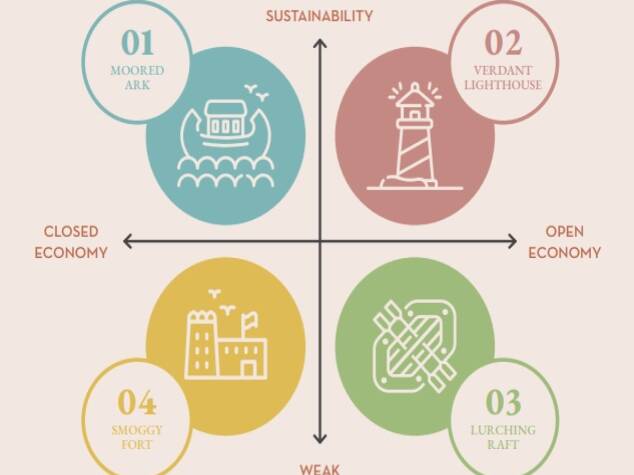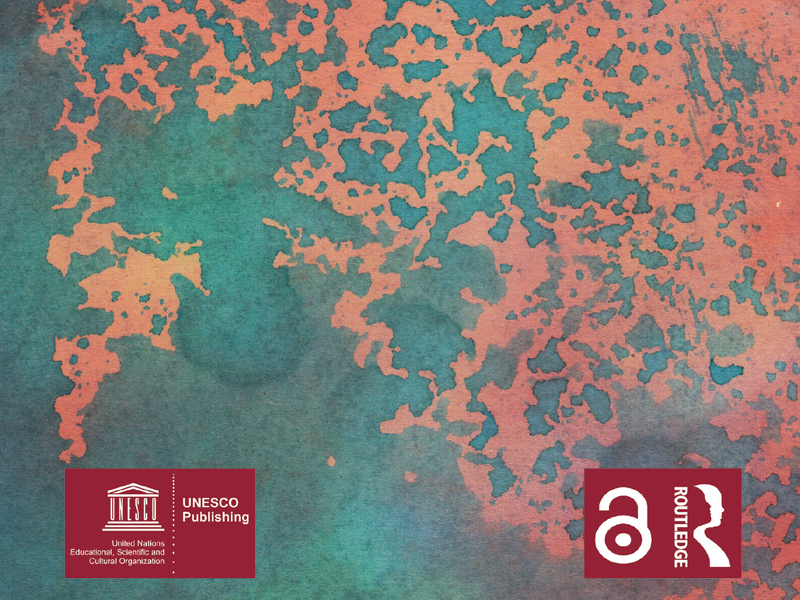Following the same course, by 2050 India is expected to overtake the US, becoming the 2nd largest economy in the world, while Indonesia is likely to climb to the 4th place, surpassing advanced economies such as Japan and Germany. At the same time, Vietnam will emerge as the fastest growing economy by 2050 and is expected to climb to the 20th place in the world GDP ranking. If current trends continue, by 2050, the economic and political influence of G7 will steadily shift to E7 (G7: USA, UK, France, Germany, Japan, Canada and Italy – E7: China, India, Indonesia, Brazil, Russia, Mexico and Turkey).
In the last half of the 20th century, some Asian nations, especially Japan, China, and Korea, underwent a gradual reform and modernization process that allowed Asians to compete or even challenge Europe and the United States in political, economic, socio-cultural and military affairs. The progress and the achievements of Asians in science and technology, the rapid growth of their population and middle class and their rich natural resources, have given them the advantage to intervene and co-shape the world of the future. Over the past thirty years, free trade reforms have helped several Asian countries to significantly expand their economic growth and prosperity. Some of the most well known places for investment and business in the world are located in Asia. In the military sector, China has the largest army in the world and the second largest naval fleet in the Pacific. India is recognized as the sixth largest naval force and Pakistan as the seventh largest military power in the world. Four declared nuclear states, namely China, India, Pakistan and North Korea are located in Asia. Moreover, Asians have applied advanced research in space technology. China, Japan, Korea, Pakistan, India and Singapore have launched satellites in space orbits in order to achieve modern communication and collect weather information. In recent years, China has also begun sending scientists into space, following the United States and Russia. By 2030, about 5 billion people will belong to the middle class. This rich global community will have significant purchasing power. Two-thirds of those people will reside in the Asia-Pacific region. However, the individual purchasing power of citizens in the West will remain higher than that of consumers in China as well as in India. These two countries will account for a growing share of world production, 35% of the world’s population and 25% of world’s GDP, opening the way for a global economic shift of power. New international economic, financial and political systems are emerging as the impact of the New Development Bank (NDB) and China-based investments (Silk Road) increase. At the same time, the power of multinational companies and non-governmental organisations is growing and a new global consciousness is emerging. Despite the economic turmoil of 2008, the economic and political relations forged by technology continued unabated and accelerated, leading to a dynamic new phase of globalisation, creating new opportunities but also causing unexpected instability. Two contradictory situations have appeared: on the one hand, the creation of new free trade zones worldwide and on the other, a strong tendency for more protectionism. The recent global COVID-19 pandemic also revealed the vulnerability of a super-globalized world. This socio-economic upheaval may have the power to lead to the reshaping of the global interconnection, e.g. review of strategic areas or new dimensions of geopolitical cooperation and coordination.
Key Points
- New geostrategic policies and a multipolar world
- More regional forces
- Emergence of leading (populist) figures – Confusion, inability to discern a specific economic / social direction
- Challenges and Opportunities for collaborations (Asia & Africa)
- Expansion of producers and start-up businesses in Asian markets (and gradually in Africa)









